Customer experience management is becoming increasingly complex as customer expectations are accelerating. Customers look to interact with a brand on their terms and are becoming more vocal by expressing their opinions, confusion, and dissatisfaction across multiple channels. To exceed customers’ expectations, organizations must quickly and efficiently respond to customers’ needs, interacting with them across all forms of contact: calls, email, web, mobile apps, and social media. Organizations must know their customer, be responsive, quickly resolve their issues, provide personalized solutions and – above all – appreciate their business by delighting them at every step of the way.
This new reality means organizations must re-examine the metrics that they have traditionally used to measure the effectiveness of customer contacts. Let’s consider some metrics that you may be ignoring, but are essential in measuring the customer experience in an omni-channel environment.
- Customer Contacts by Channel: Customers reach out on different channels based on the issue they are trying to solve. The phone is often used with more complex, personal needs, while social media is used for quick questions or comments. Customers often abandon channels when they don’t get service on one channel fast enough. According to The Northridge Group’s recent study, The State of Customer Service Experience 2015, 61 percent of customers have to interact with a company on more than one channel to get their issue resolved. A basic omni-channel metric is the measurement of volume trends and reasons for contact for each channel. From there, you can investigate if customers are choosing channels out of want or need.
- Speed of Response: Through customer feedback and empirical data, businesses can better determine which channels are the most valuable by service need, and then can staff those channels to appropriately handle the expected volumes of customer inquiries. It’s no longer sufficient to manage workforce sizing and measure the speed of response only in a call center. Customer service organizations must also measure the responsiveness of customer channels such as email, chat and social media. Customers may be interested in using one channel, but service responsiveness may fall short of expectations. Therefore, examine the speed of response and abandonment rates across all channels, and follow the customer’s journey to see how they finally reached a resolution to their inquiry. It will help identify which channels are and are not delivering.
- Web Analytics: More than ever, customers are reaching out for self-service so that they can interact with a brand at their convenience – on any day at any time. According to a recent Forrester survey, “respondents reported using the FAQ pages on a company’s website more often than speaking with an agent over the phone.” Time is so valuable to today’s consumer that the faster you can get an issue resolved and on the customer’s schedule, the more satisfied they will be. Web analytics are key to measuring the customer experience. Frustration can quickly mount if a customer is trying to complete a transaction on your website, but finds that the navigation is not intuitive or answers to their questions are not readily found. Measuring web breakage, that is when a client abandons the web for another channel, provides insights for making an effortless customer experience. This same analysis is important for clients’ use of mobile apps.
- Social Media Engagement: Social media is a growing channel for customer service. According to our study, 47 percent of people plan to use social media next year the same or more than they currently do as a customer service channel. Consumers are engaging on this channel for different reasons. Surprisingly, an equal number of consumers (22 percent) use social media to share positive and negative experiences about the brand. However, the most common reason customers reportedly chose social media (26 percent) is they can’t reach a rep through another channel. Brands can attract a lot of undesirable attention if social media customer service isn’t handled well, so be mindful and measure the responsiveness and effectiveness of this highly public, growing channel.
- First Contact Resolution: Phone is the most popular contact channel for urgent issues, with 77 percent of consumers calling companies with their most pressing needs. If you’ve managed a contact center, you know that First Contact Resolution or the elimination of Repeat Calls is one of the most examined metrics. However, this critical metric must be measured not just within the call center, but also across all channels (email, online chat, web self-service, and social media). It’s important to understand how many total touch points were required in the customer’s journey to solve their need. Customers should experience seamless, effective service, with first contact resolution on any channel from which they engage with your company.
- Personalized, Quality Responsiveness: Measuring agent performance has historically been monitoring for adherence to a “script.” In this brave new world of customer experience, agents must be empowered to adjust their response to most effectively meet the customer need. This is true not only when the contact is a call, but also for email, online chat, and social media responses. While industry-specific compliance requirements and client confidentiality obligations must always be adhered to, measuring agent performance with an ear to creating a personalized, quality response is critical to client satisfaction.
There are many metrics to measure and considerations to make when optimizing the customer experience. There won’t be a dashboard that you can set and forget; metrics in an omni-channel environment are as complex as the nature of client interactions themselves. However, through meaningful data capture and analysis, businesses can stay ahead of the curve and even anticipate needs to surprise and delight the customer with every experience.
To learn more about customer experience trends, download our recent study here.




